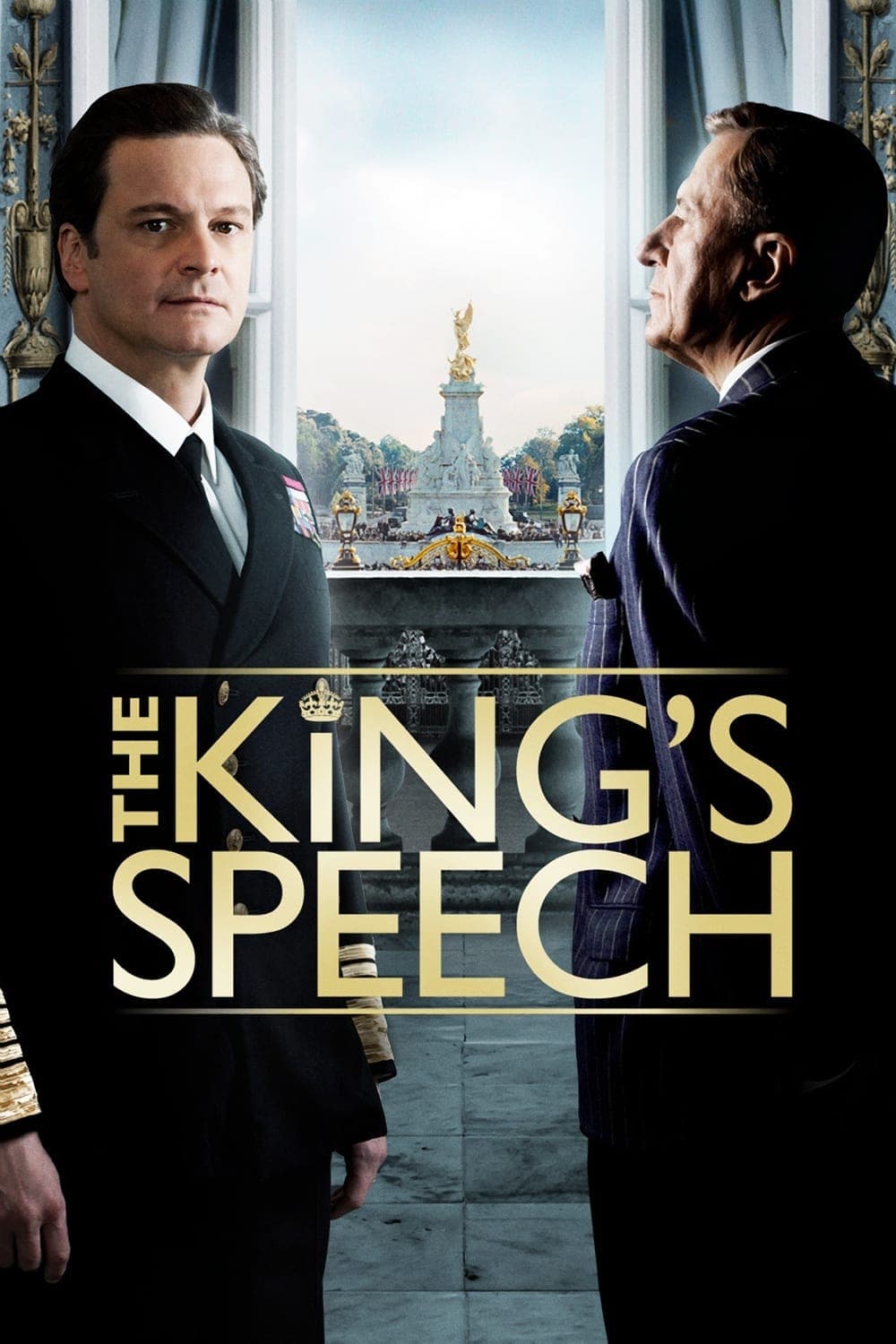
The King's Speech
2010
Rate this movie
Average: 3.00 / 5
(2 votes)
Director
A cultured and precise direction erects an emotional cinematic monument to which one surrenders with transport, with total spectator devotion, with the dreamy spirit of one aware of witnessing a great work of human ingenuity. Tom Hooper, with a mastery that transcends mere biographical narration, does not limit himself to portraying a historical segment, but rather crafts a true epic of introspection. His camera, often close-up, almost suffocating, becomes a mirror of Bertie's inner anguish, revealing an emotional landscape more than a mere royal setting. The subdued lighting and restrained color palette contribute to creating an atmosphere of intimate drama, almost like a moving Flemish canvas, where light struggles to penetrate the shadow of personal difficulty.
Hooper's film is precisely this: it evokes emotion through a minor historical shift, a slight imperfection that led an entire nation to re-cohere in the face of the looming specter of Nazi Germany. George VI's stammer, far from being a mere physical defect, transforms into a powerful metaphor for the uncertainty and vulnerability that pervaded Europe at the time, on the brink of a conflict of unprecedented proportions. The individual defect elevates to a collective symbol, and its resolution becomes a promise of potential national resilience. It is a narrative that, though rooted in the particular, aspires to the universal, touching deeply human chords about the courage to confront one's most recondite fears and the responsibility of a nation.
The story narrated is that of Bertie, second son of King George V of England, and Duke of York. Due to a congenital speech impediment, the man struggles to carve out a public image and lives in the shadow of his brother, who is destined to become king. Colin Firth delivers a performance of rare intensity, not merely mimicking a speech disorder, but embodying its psychological suffering, the silent humiliation that corrodes the dignity of a man destined for the throne yet imprisoned by his own voice. His interpretation is a masterpiece of both subtlety and emotional eruption, capable of communicating unspeakable torment through facial spasms and an afflicted gaze. It is acting that recalls the power of the "method" in its capacity to bring forth the inner truth of the character, making the weight of the crown palpable even before it rested on his head.
But the love of his wife and the exceptional mastery of an Australian speech therapist will restore hope to the man who would succeed his father on the throne as George VI (father of the future Queen Elizabeth II). Helena Bonham Carter, as the future Queen Mother Elizabeth, lends a calm stature and unwavering support, serving as an emotional pillar without ever eclipsing her husband's struggle. Geoffrey Rush, in the role of Lionel Logue, is a true narrative catalyst: his unorthodox, almost Socratic approach, and his ability to see the person beyond the monarch, transform the therapy into a dialectical duel, an intellectual and human confrontation that challenges rigid court conventions. Their deeply symbiotic relationship transcends social and hierarchical boundaries, revealing the unexpected strength of a friendship born of necessity and forged by mutual trust. It is not merely a therapy for stammering, but a journey of self-discovery, a true rite of passage that dismantles the scaffolding of a royal education to allow the authentic man to emerge, with all his fragilities and inner strength.
Bertie, thanks to an extraordinary force of will combined with the speech therapist's teachings, will deliver a stirring speech to the nation on the brink of World War II, a monologue capable of rallying an entire people behind the banner of their King. The moment of the final speech is not only the dramatic apex of the narrative, but a triumph of communication understood in its purest sense: not mere oratory, but deep connection, empathetic recognition of collective fear and uncertainty. It is an act of authentic, non-rhetorical "pathos," which finds its strength precisely in the vulnerability exhibited by the sovereign. The film here goes a step beyond biography, immersing itself in the semiotics of power: a trembling but sincere voice proves more powerful than a thousand stentorian proclamations, as it resonates with the people's anxiety, transforming weakness into an unexpected form of strength and leadership. The power of recorded sound, so crucial in an era of mass radio broadcasting, becomes the instrument through which the British monarchy reconsolidates its bond with the common people, forging a united national identity in the face of external threat.
A work that sagaciously plays on the union of Logos and Pathos, on the dichotomy between the spoken and the unspoken, on the unspeakable power of communication, on a marginal episode that shaped a country's history. The Logos here is the logical structure of Logue's therapy, the engineering of language, the discipline that seeks to tame phonatory chaos. But it is Pathos, the most visceral feeling, that unlocks the King: his trust in his therapist, his love for his family, his awareness of his duty. Hooper's narrative is a sublime exemplification of how the personal micro-event can reflect and influence the historical macro-context. It is not merely the story of a king who learns to speak, but the metaphor of a nation that finds its voice and its determination. In an era where politics often degenerates into empty spectacle, "The King's Speech" reminds us of the eternal, ineffable value of an authentic word, spoken with courage, capable of illuminating the darkness and uniting souls. It is a film that, though rooted in a precise historical context, dialogues with the present, questioning us about the role of leadership and the transformative power of vulnerability in defining human resilience.
Gallery
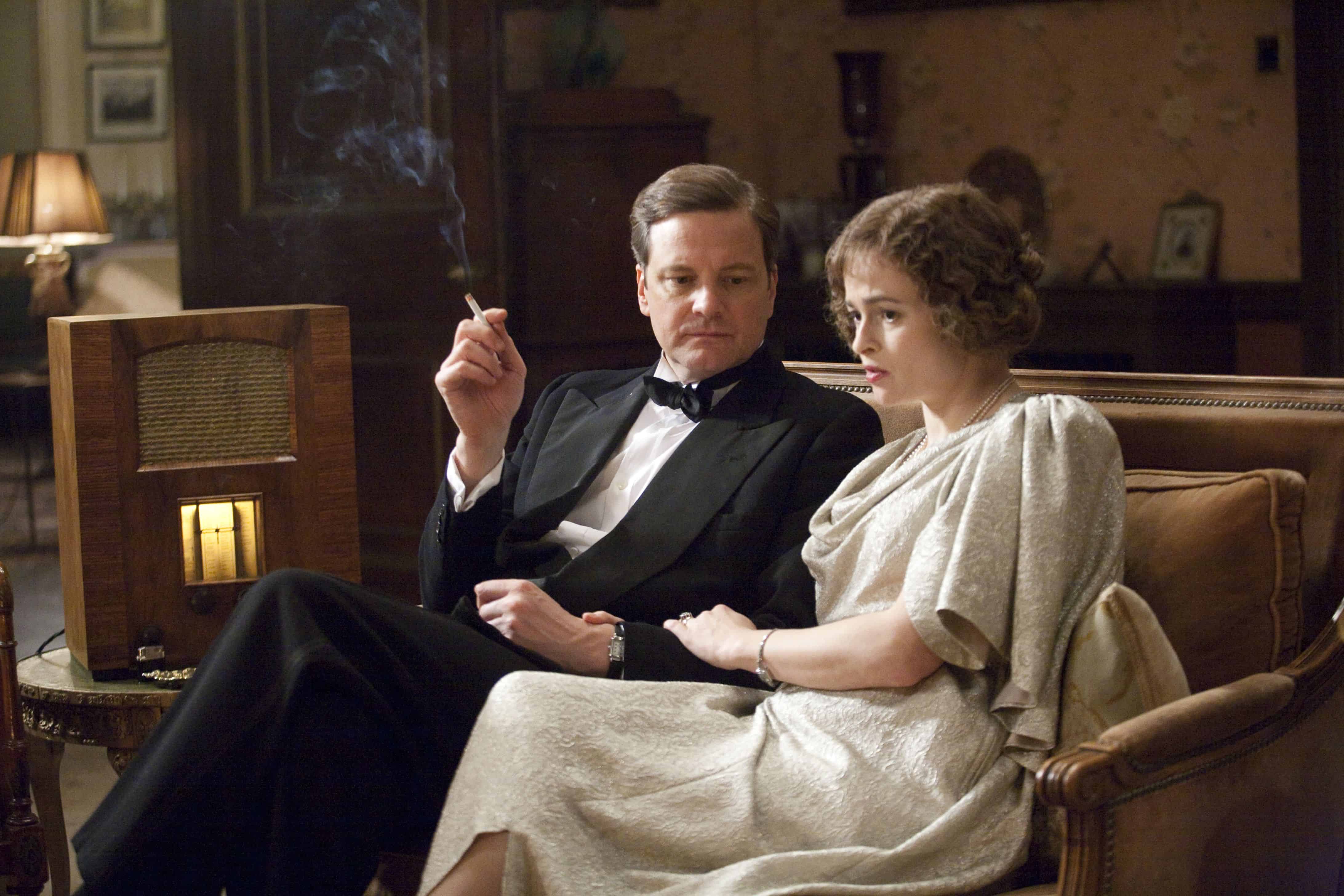
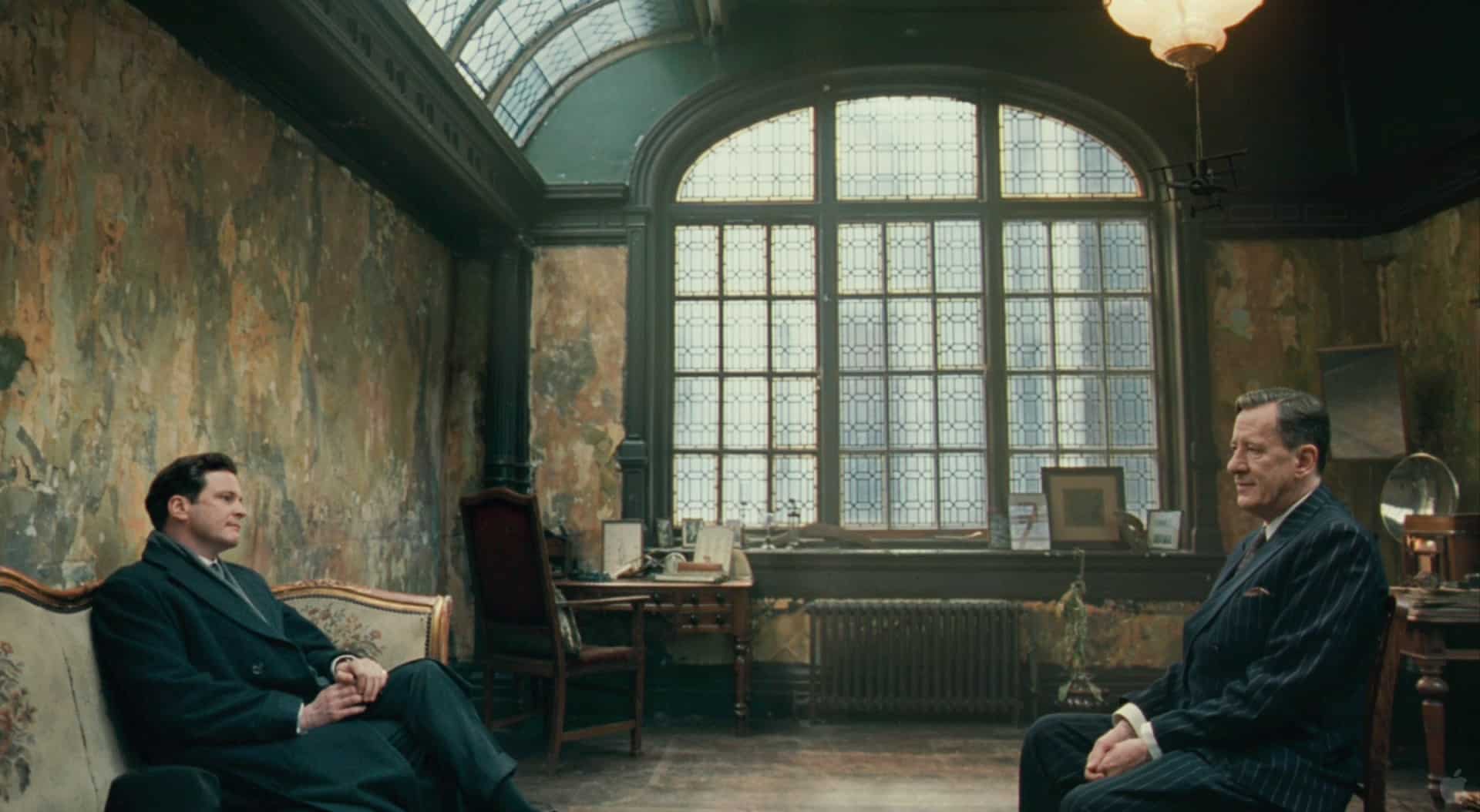
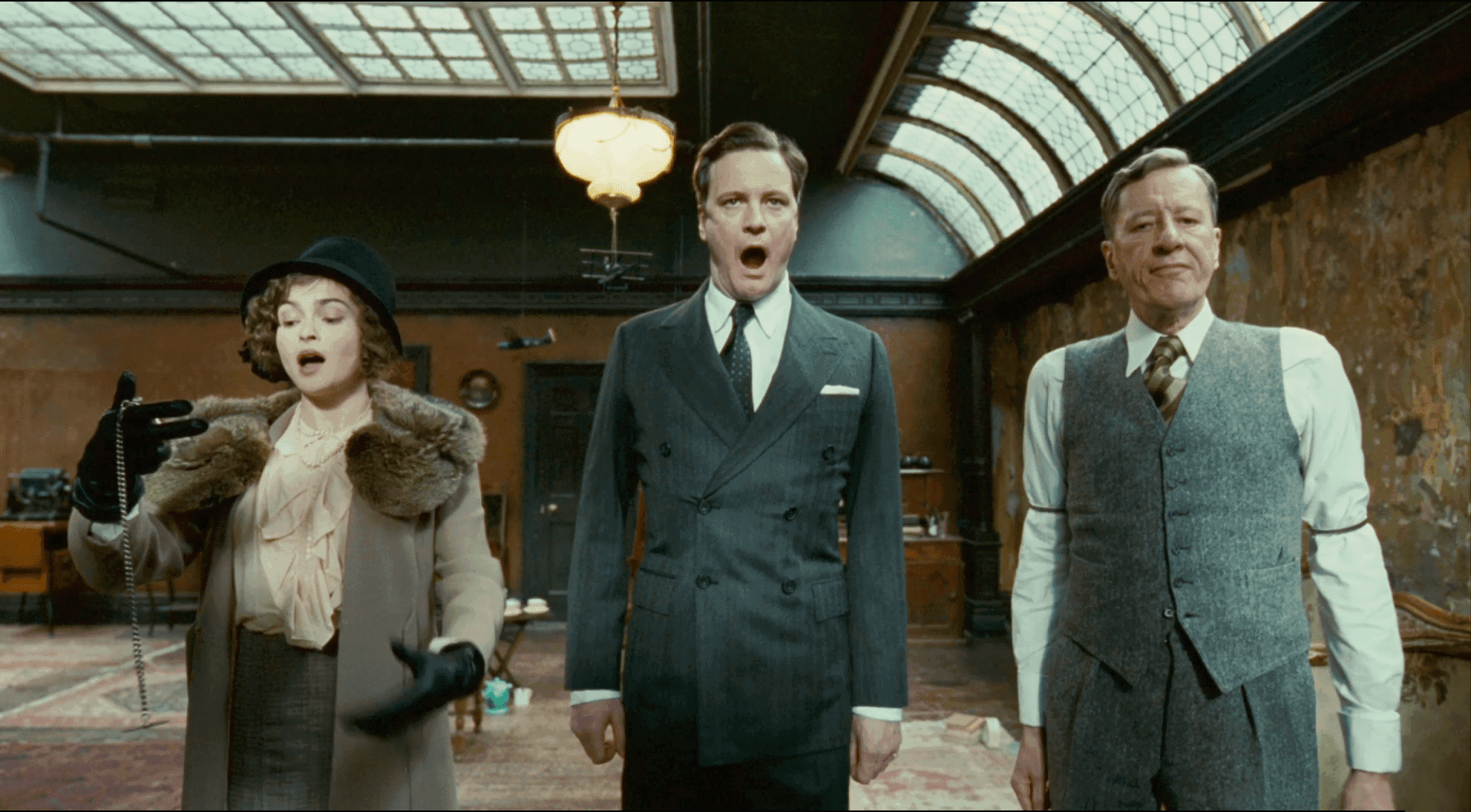
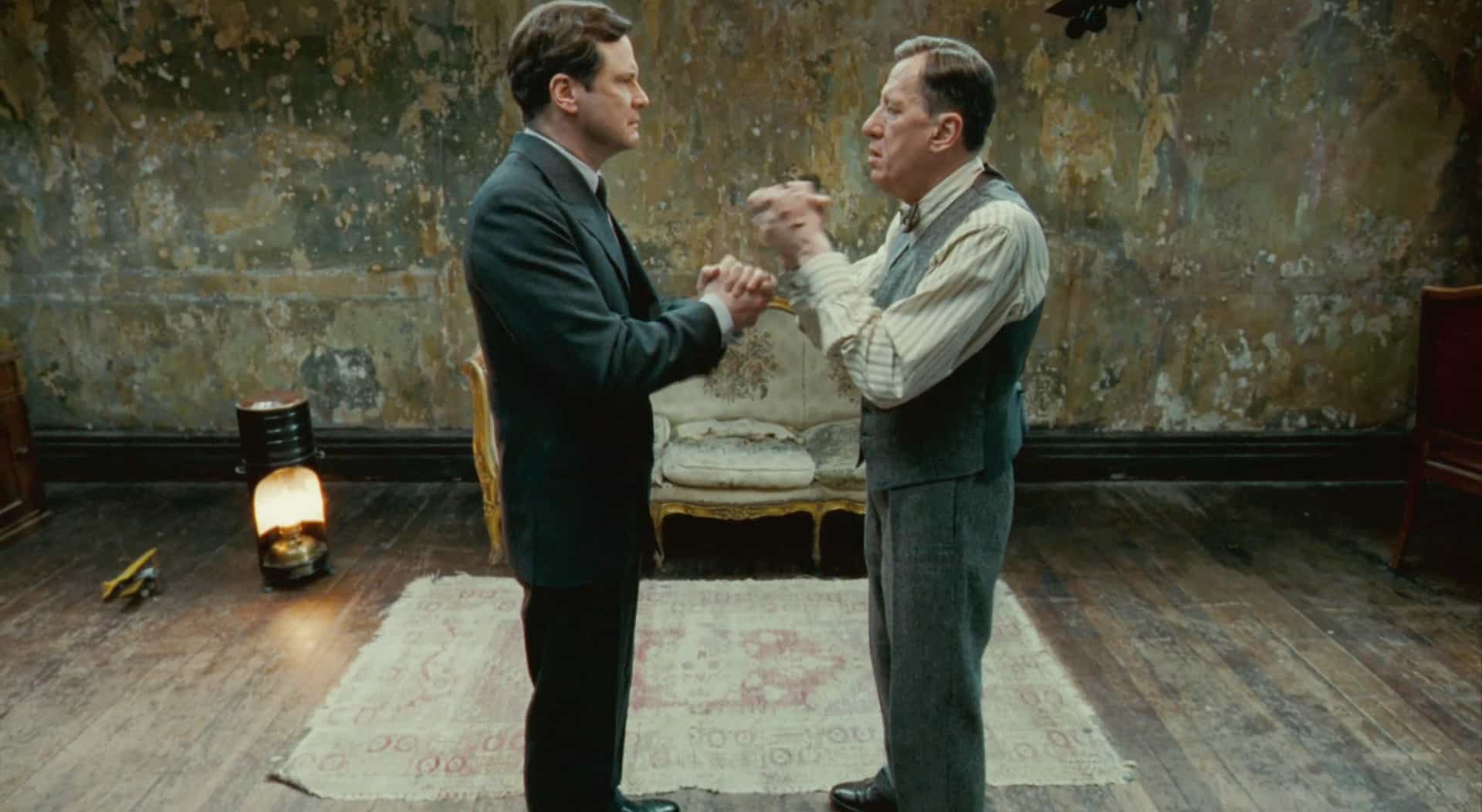
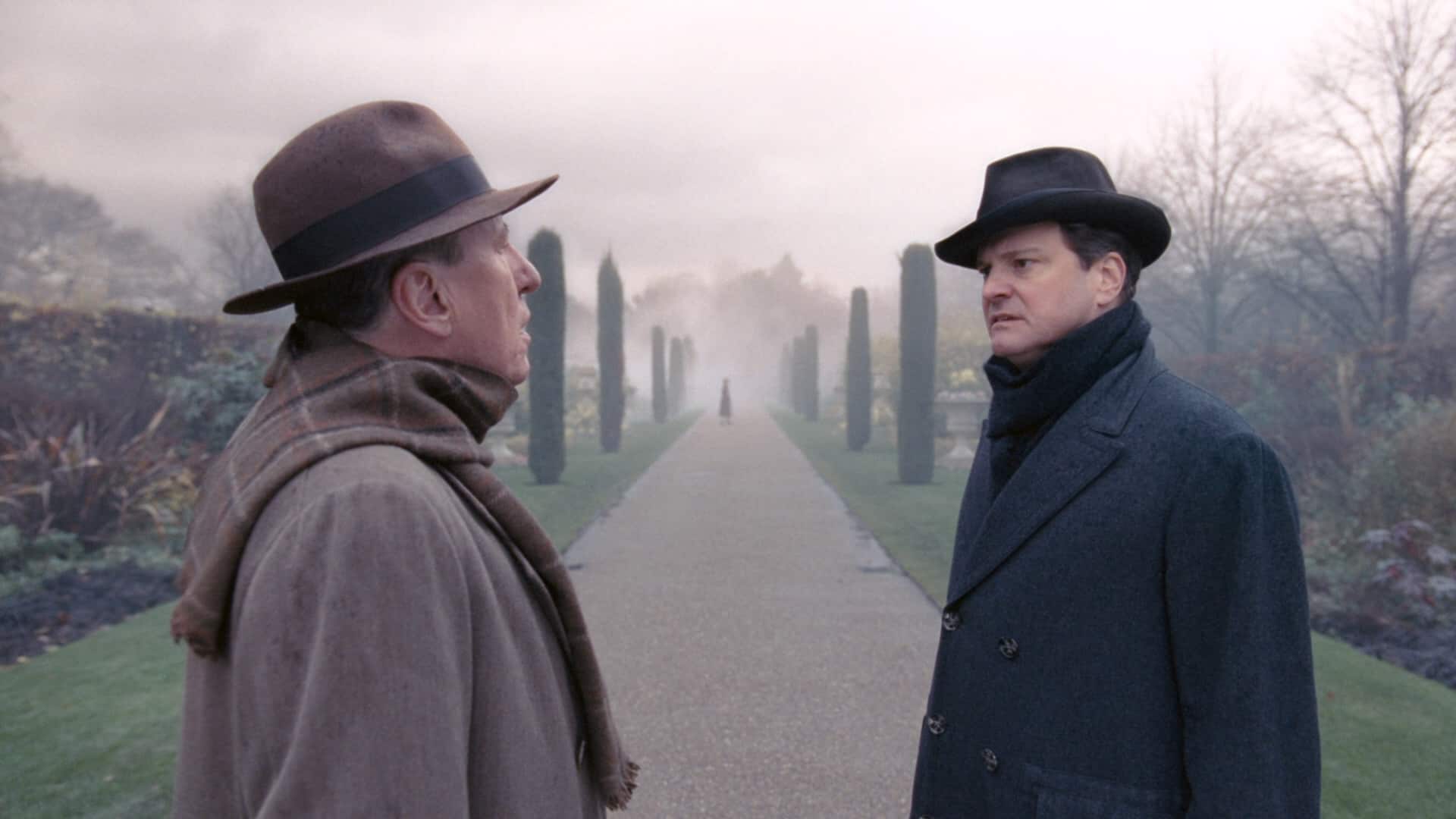
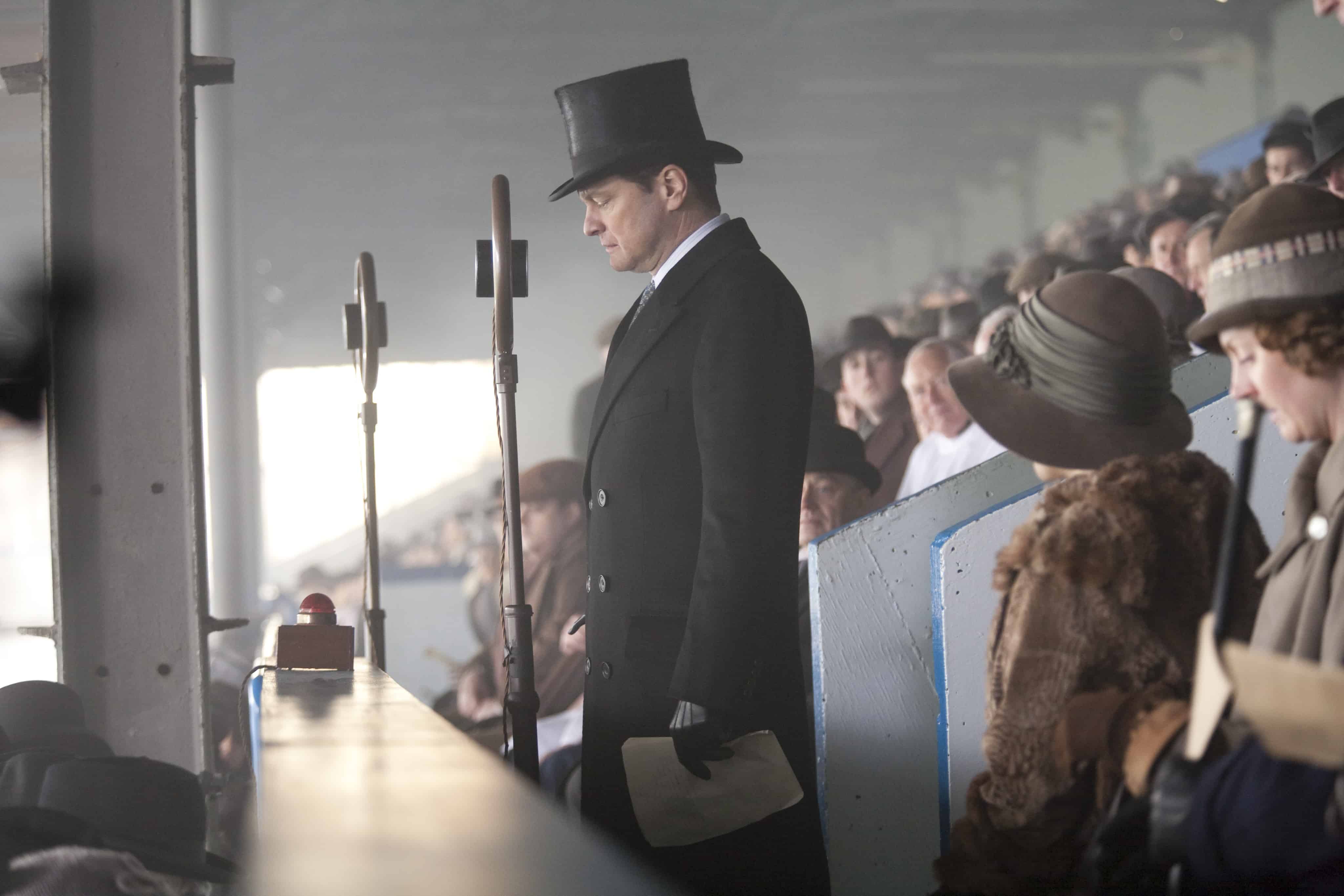
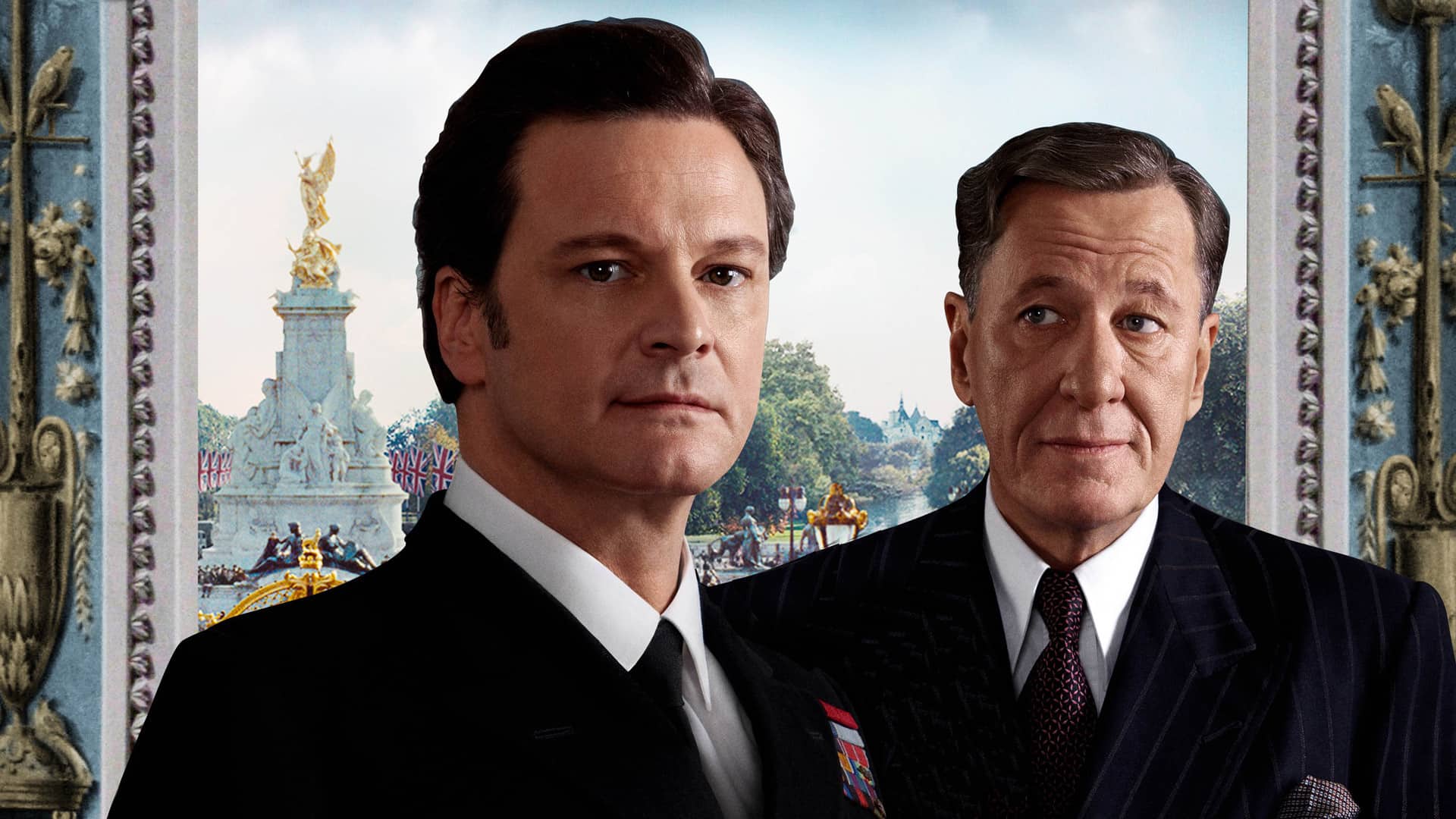



Comments
Loading comments...